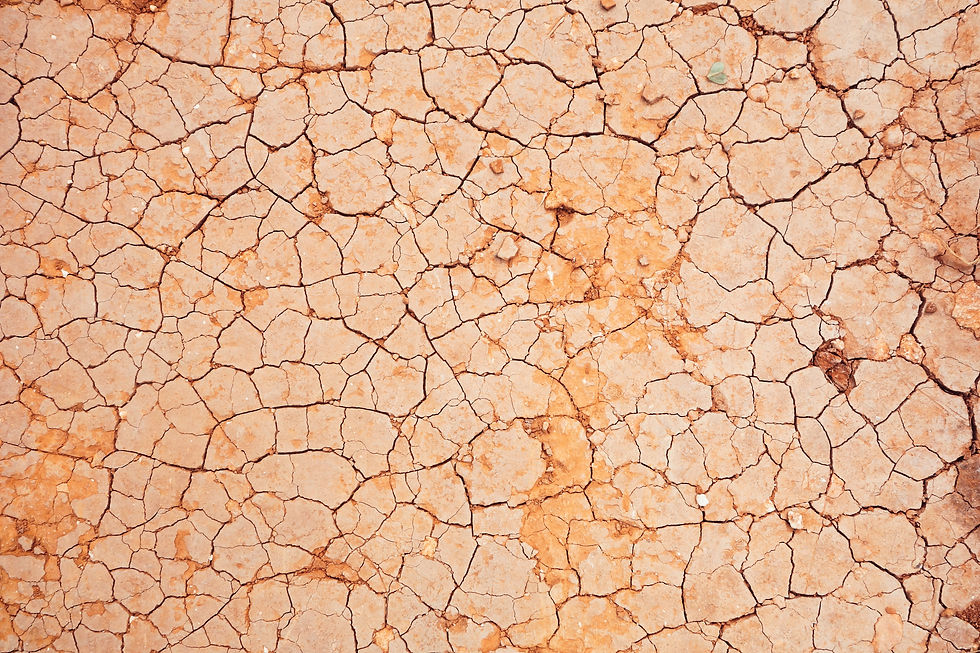The pandemic lockdown got us salty
- brittneyborowiec
- Aug 11, 2021
- 3 min read
By: Helen Wong, Dalhousie University

Since the beginning of the pandemic, we have gone through several waves of COVID-19 and enforced lockdowns (e.g., stay-at-home orders, curfews, quarantines) to help curb the spread of infection. However, an increasing number of studies are starting to suggest that COVID-19 lockdowns may have unintended health consequences such as negatively impacting our mental health as well as our physical activity levels. It also seems that COVID-19 may be influencing how we eat while we are spending more time at home.
If you have noticed changes in your eating since the pandemic, you are not alone. A recent review by Xue Zhang and a team of researchers in China published in Environmental Chemistry Letters looked at the surge in high-sodium foods eaten during COVID-19. The researchers called the excessive intake of high-sodium foods “an underappreciated public health risk”. They found 8 surveys from 6 locations (Belgium, France, Italy, Poland, UK, and the USA) that reported a growing trend in high-sodium food consumption during COVID-19 and lockdowns.
High-sodium foods contain more than 500 milligrams sodium (about ¼ teaspoon of table salt) per 100 gram portion, and include foods like cheeses, snack foods, processed meats, and sauces. In Italy, high-sodium foods such as dried cold cuts, canned meats and beans, and pizza products saw large jumps in sales during the early weeks of their quarantine in February and March, with sales in pizza products up close to 100% in 2020 compared to the same time the previous year. Changes in our grocery shopping likely alters how we eat, where buying more salty foods means taking in more salt per day. During the national lockdown in France between March and May in 2020, a convenience sample of adults reported a rise in average salt intake to 3.2 grams per day compared to 2.9 grams before the lockdown. An increase of 0.3 gram per day equals about 1/3 tsp more salt in a week. While this may not seem like a lot of extra salt, the main source appeared to be from processed meats, which has been linked to health risks when consumed in excess.
Zhang and team provided a few possible explanations for the higher salt intake during COVID-19 lockdowns. First off, people are trying to make fewer trips to the grocery store, so they stocked up on foods that keep longer, like processed or preserved foods that have high sodium. COVID-19 has also led to the high cost of fresh produce and limited stock availability, leaving many consumers to opt for processed products due to their long shelf life and value for their dollar. Finally, some people are eating to cope with their negative emotions, with high-sodium foods used as a way to ease mental stress during the pandemic.
While our body needs some sodium to function, a high intake (more than 2 grams sodium per day or 5 grams salt per day) can lead to health problems, such as high blood pressure or a greater risk of heart disease and stroke. Even before COVID-19, most of us ate more salt than needed, which was on average 9 to 12 grams daily or close to double the recommended maximum level. Health experts recommend that adults get less than 2,300 milligrams of sodium per day, which is about the same as a teaspoon of table salt.
The Centers of Disease Control and Prevention has tips for cutting your sodium intake. When grocery shopping for lockdowns, you can use food labels to help find lower sodium options. Look out for “low sodium”, “reduced sodium”, or “no salt added” on food packages. For example, buy canned or frozen vegetables with no added sauces or salt.
COVID-19 lockdowns have had many effects on our well-being. While its influence on our eating habits was probably one of the less considered consequences, perhaps the pandemic can serve as a wake-up call for us to reduce our sodium intake.
Edited by B.G. Borowiec and A.E. McDonald. Header photo from Unsplash.



Comments